How to Remove a Water Heater Element without an Element Wrench (4 Steps)
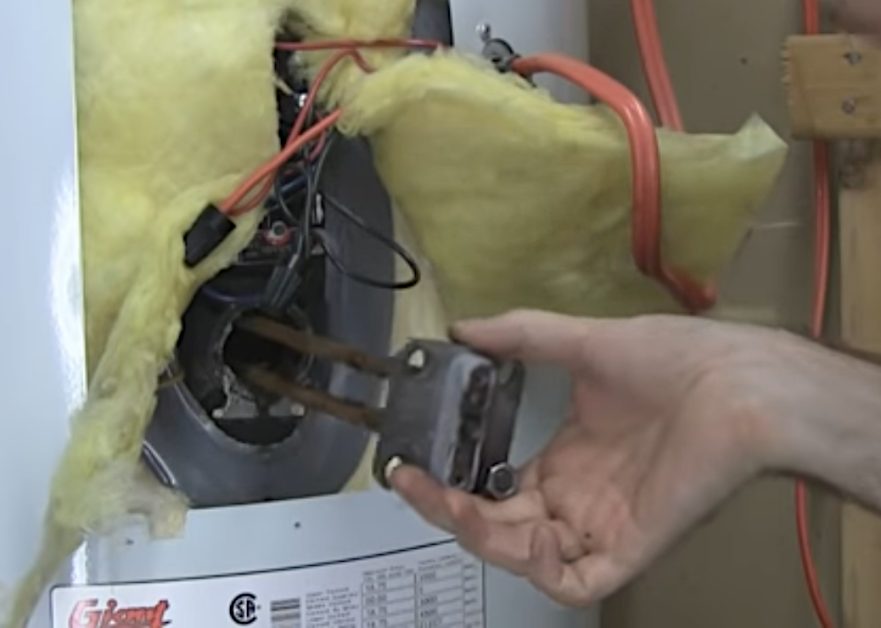
Have you ever tried to remove a water heater element without the correct wrench?
This guide will show you how to remove a water heater element without using an element wrench. An element wrench is ideal for working on tight bolts, but there are alternative tools you can use. Maybe you don’t have an element wrench on hand, or you are otherwise unsure how to easily remove a water heater element without one.
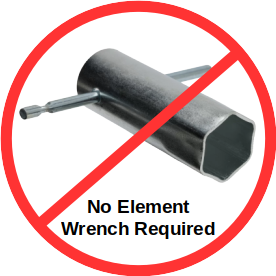
To achieve this, I am going to use an alternative tool, such as a socket wrench, a ratchet wrench (spanner), a standard adjustable wrench, or two-channel locks. Also, I will tell you what precautions must be taken and show you how you can easily remove the water heater element without damaging it.
Water Heater Element Styles
Water heater elements come in two styles: bolt-in and screw-in. The latter is more common in newer heaters. Adapters are also available to use the screw-in type inside bolt-in elements.
A corroded water heater element looks somewhat like the one shown in the picture below.
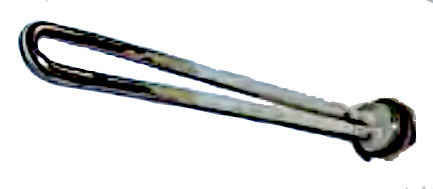
A corroded water heater element
Removing a Water Heater Element in 4 Steps or Less
Tools Required
Required: a screwdriver, and an alternative to an element wrench
Recommended alternative: either a socket wrench, or a ratchet wrench, or a spanner (of the required size)



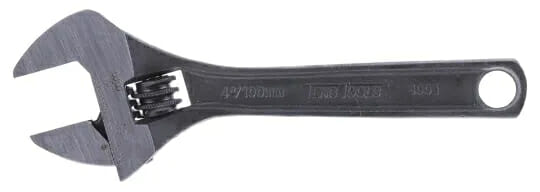
Other permissible alternatives: an adjustable wrench (or two), pipe wrench, or two-channel locks
Less desirable alternatives: pliers, vise-grips, or a breaker bar (hollow steel pipe)
Optionally: a short plastic pipe
Estimated Time
The task of removing a water heater element without using an element wrench should take no more than 5 to 10 minutes.
Here are the four steps:
Step 1: Turn Off the Electrical and Water Supply
Before you start to remove the water heater element, you must turn off two things:
- Turn off the electrical supply – Switch off the circuit breaker to which the water heater is connected. If you want to be extra safe, you can use an electrical tester to ensure there is no current passing through the water heater.
- Turn off the water supply – Shut the water inlet valve. It is probably situated above the water heater. Then, empty the water heater of the hot water already inside it by opening the nearest hot water tap connected to it.
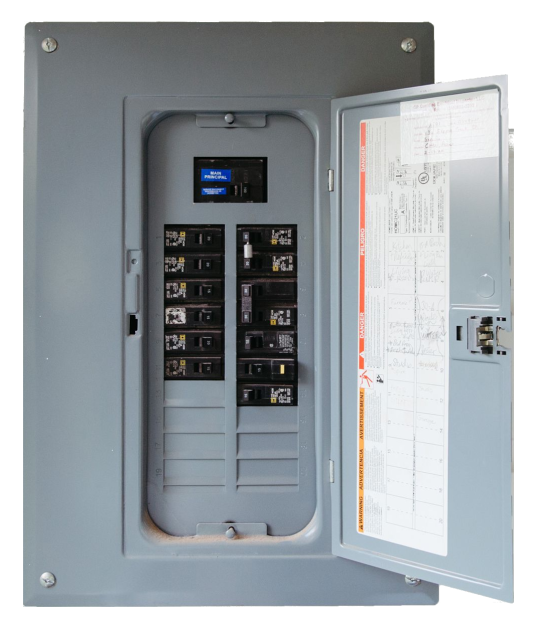
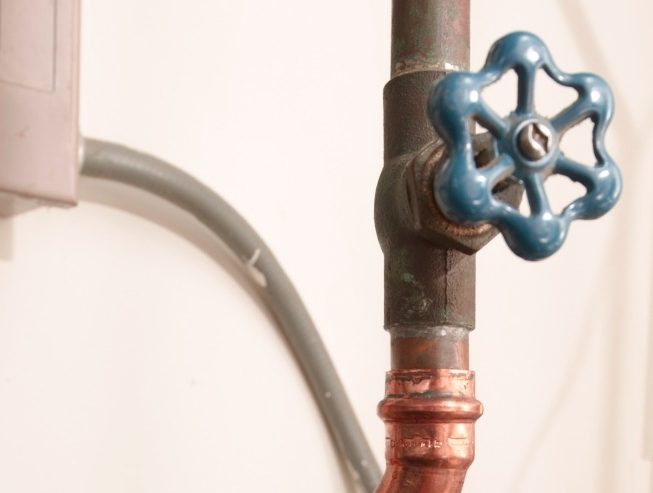
If you suspect there is a build-up of sediment in the drain valve, attach a small pipe to the drain valve and open it for a short while before turning off the water inlet valve. This should remove the sediment in the drain valve.
Step 2: Inspect the Water Heater (Optional)
Optionally, do a final inspection of the water heater itself for the following
- Make sure it is not leaking.
- Check for signs of rust.
If the water heater is leaking or there is rust, it should be checked by a professional plumber.
Step 3: Remove the Access Panel Cover
Use a screwdriver to remove the access panel cover. Also, gently remove the cover over the thermostat.
At this point, you should also quickly inspect the wiring for any signs of melting or other damage. If you do spot a damaged portion, this would be a good time to replace the wire to prevent problems later.
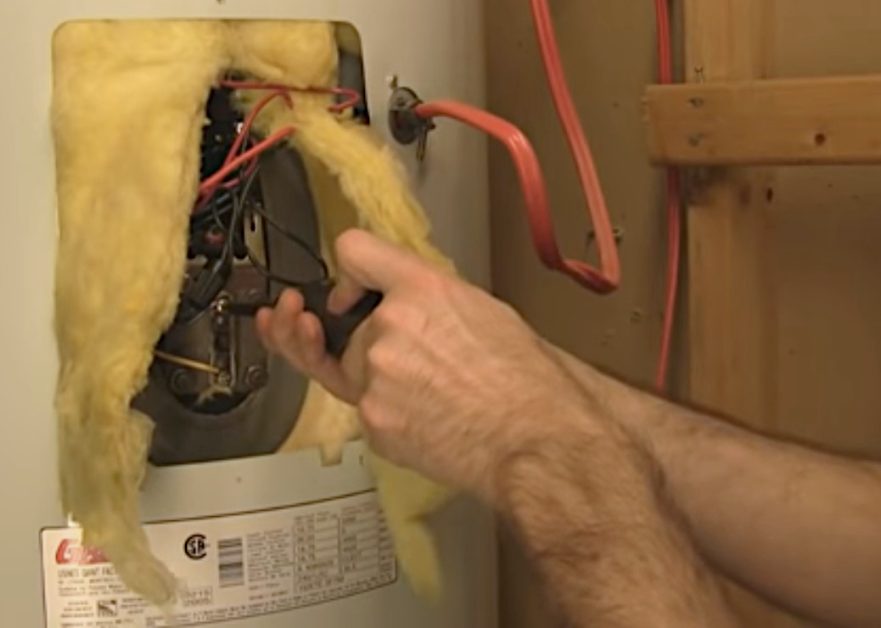
Step 4: Remove the Water Heater Element
If you are going to use a socket or ratchet wrench, a 1½” (or 38mm) socket will probably fit snugly. The same goes for a spanner.
These are the three best alternatives to using an element wrench. Otherwise, you can use an adjustable wrench, a pipe wrench, or two-channel locks instead, and the other alternatives only if none of these are available.
Using pliers or vise-grips will be more difficult than using a wrench, spanner, or channel lock because of the element’s tightness.
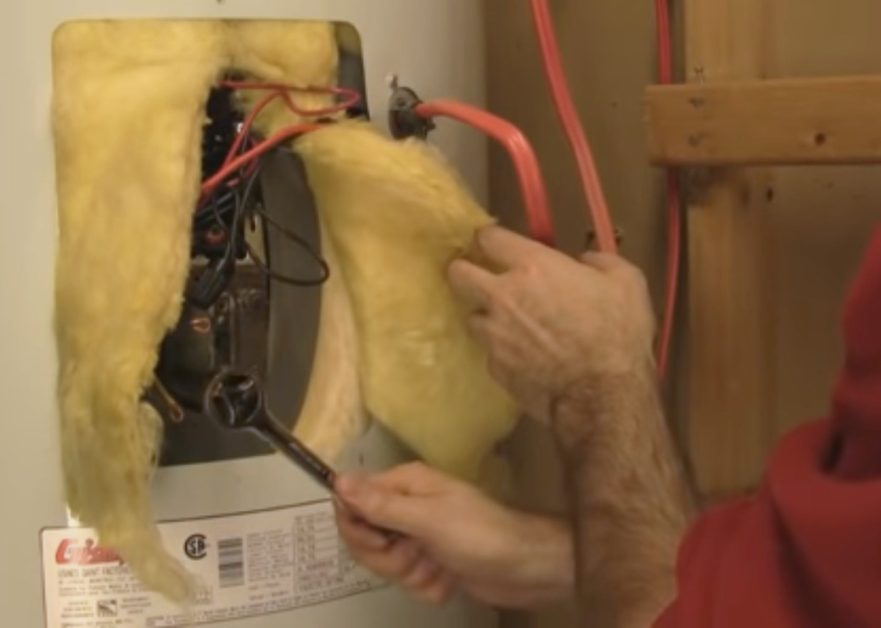
Tighten the wrench or spanner around the water heater element and loosen it by turning it counterclockwise.
If you are using two-channel locks, place them over the lid and turn them until the element loosens. Continue loosening the bolts holding the water heater element until the element is completely removed from its place.
You have now successfully removed the water heater element without using an element wrench.
The Reverse Process
Whether you removed the water heater element to clean it, repair it, replace it, or change it, you can proceed to do so after applying the above four steps when ready. The procedure for installing the water heater element will be the same but in reverse. Briefly, to (re-)install a water heater element:
- Attach the water heater element.
- Tighten the element using the same tool you used to remove it.
- Re-attach the access panel cover using a screwdriver.
- Turn the water supply back on. (1)
- Turn the electrical supply back on.
Wrapping Up
In this how-to guide, I showed how to remove a water heater element without using an element wrench. This is only advisable if you cannot obtain an element wrench to use. An element wrench is better suited for removing a water heater element than all the nine alternatives suggested (socket wrench, ratchet wrench, spanner, adjustable wrench, pipe wrench, two-channel locks, pliers, vise-grips, and a breaker bar).
An element wrench has a wide mouth designed to fit the exposed part of the element perfectly, and it is better capable of loosening tight elements. Professional plumbers always use an element wrench. Using something else other than an element wrench frequently can damage the element if used harshly. (2)
However, the purpose of this guide was to show you that it is certainly possible to remove a water heater element without using the proper tool, i.e., an element wrench.
Take a look at some of our related articles below.
- How to test water heater element without multimeter
- Can a ground wire shock you
- How to install water hammer arrestor
References
(1) water supply – https://www.britannica.com/technology/water-supply-system
(2) Professional plumbers – https://www.forbes.com/home-improvement/plumbing/find-a-plumber/
Video Reference
